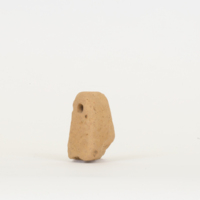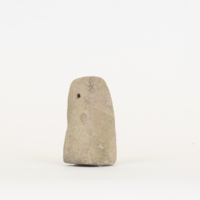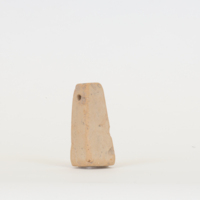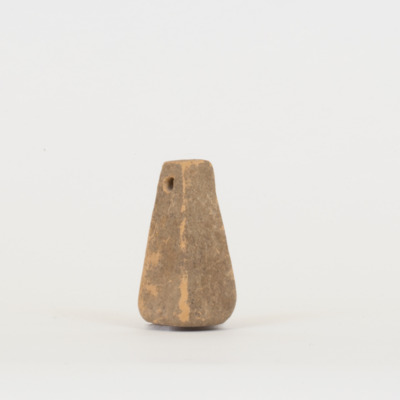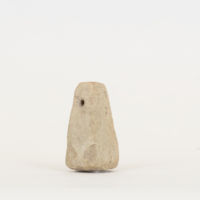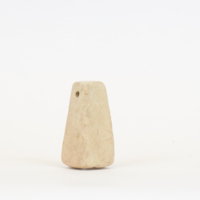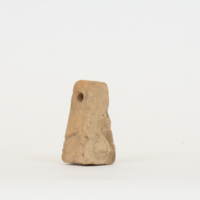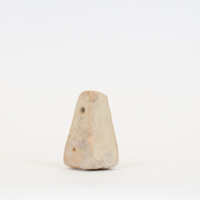Conclusion
Although textile production was an important economic activity in Peucetia, and loom weights in large numbers are found at settlement sites, where textile production was undertaken, they are relatively infrequent in burial contexts, and virtually absent in the deposits of the one known sanctuary in Peucetia. In addition, when loom weights do occur in tombs, their meaning is ambiguous, perhaps because they were not regarded as gender markers or important symbols of gender roles. This pattern is consistent with the equivocal meaning of weapons, and some vessel shapes in Peucetian burials that have been invoked as revealing the independent agency, with which native populations appropriated Greek-type "gendered" artefacts, and assigned different meanings to them. Recent appraisals, as we have seen, attribute this pattern in Peucetian burials to the primacy of the funeral banquet, which involved the use of vessel forms with gender connotations (sympotic and “female" shapes) in Greek contexts, in burials of both genders in Peucetia. The ambiguous context of loom weights in Peucetia is consistent with this pattern.

